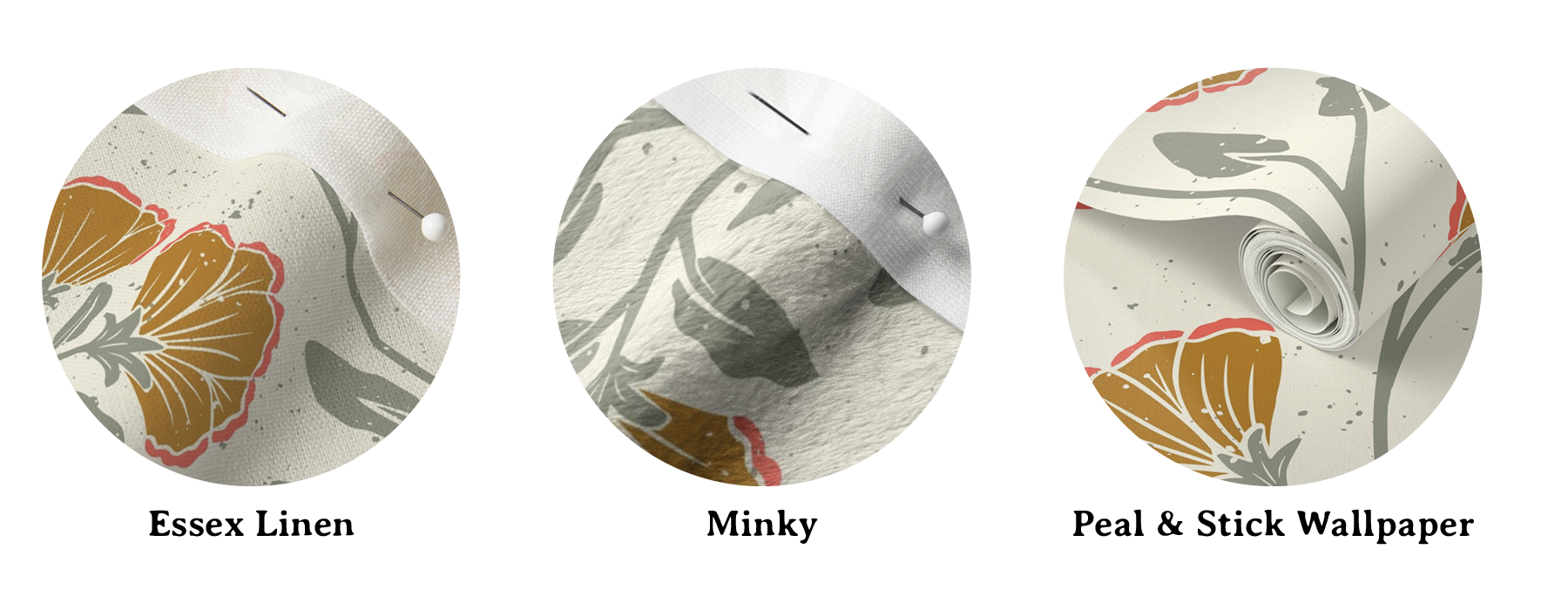Texture in patterns: How to know when it helps or hurts your design
When it comes to design, texture can be a double-edged sword. On the one hand, texture can bring depth and dimension, elevating the look. However, a wallpaper with a lot of texture, like grasscloth, will compete with any texture effect in the design. Conversely, a smooth peel-and-stick surface may require a little texture boost from the design itself.
However, texture is not always a blessing. Depending on the material, it can distort the clarity of the design or make it harder to match with other elements in a room or outfit. For example, a thick, nubby fabric can blur a delicate print, while a heavily embossed wallpaper might overpower smaller spaces, making them feel cramped. In some cases, the tactile effect competes with the pattern itself, leading to a visual clash rather than a harmonious design.
The secret lies in balance. If your base material already has a strong texture—like linen, velvet, or grasscloth wallpaper—it might be best to opt for a simpler, more graphic motif. Conversely, when working with smooth cotton, silk, or matte paper, a touch of texture in the pattern can add character without overwhelming the space. Texture can also become part of your signature style, especially if you embrace it intentionally. But in the world of print-on-demand platforms like Spoonflower, you don’t always control the exact material on which your pattern will be printed—so keeping adaptability in mind is key. Ultimately, choosing texture is about knowing when it will enhance the design’s impact and when it risks stealing the spotlight.

